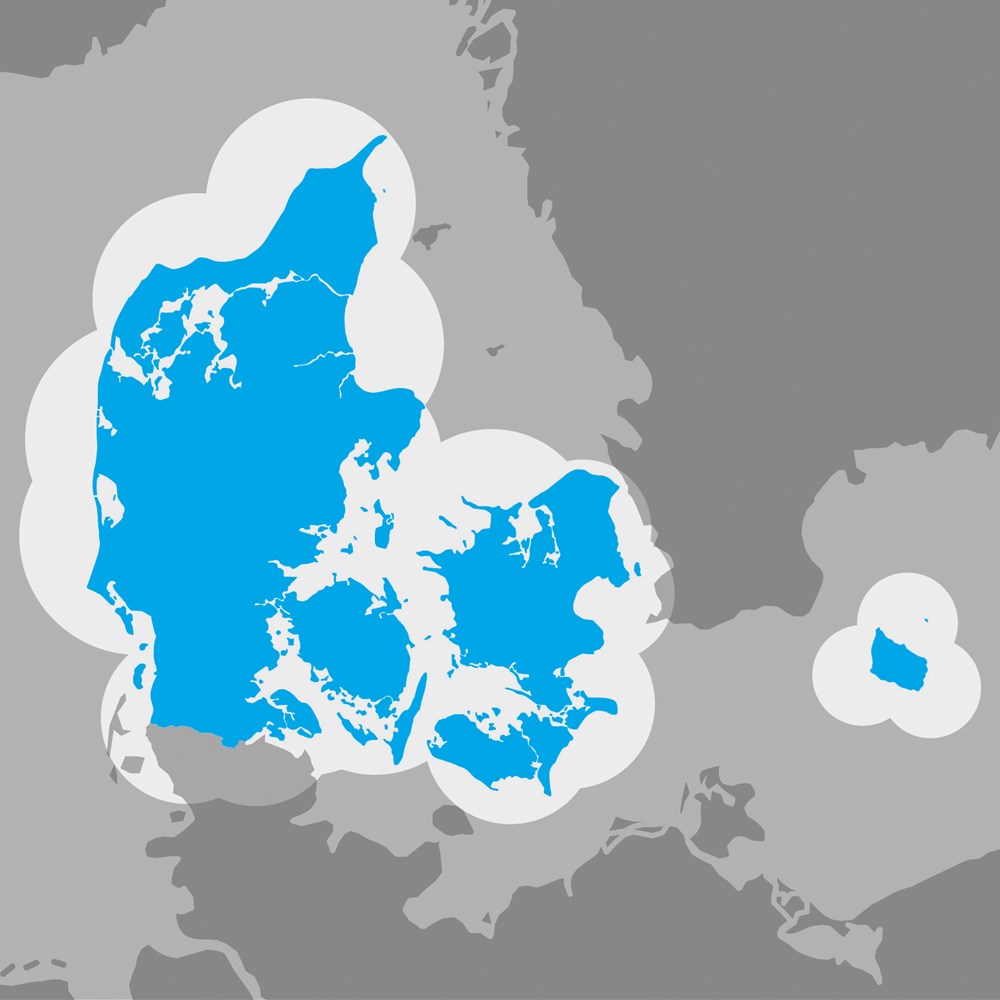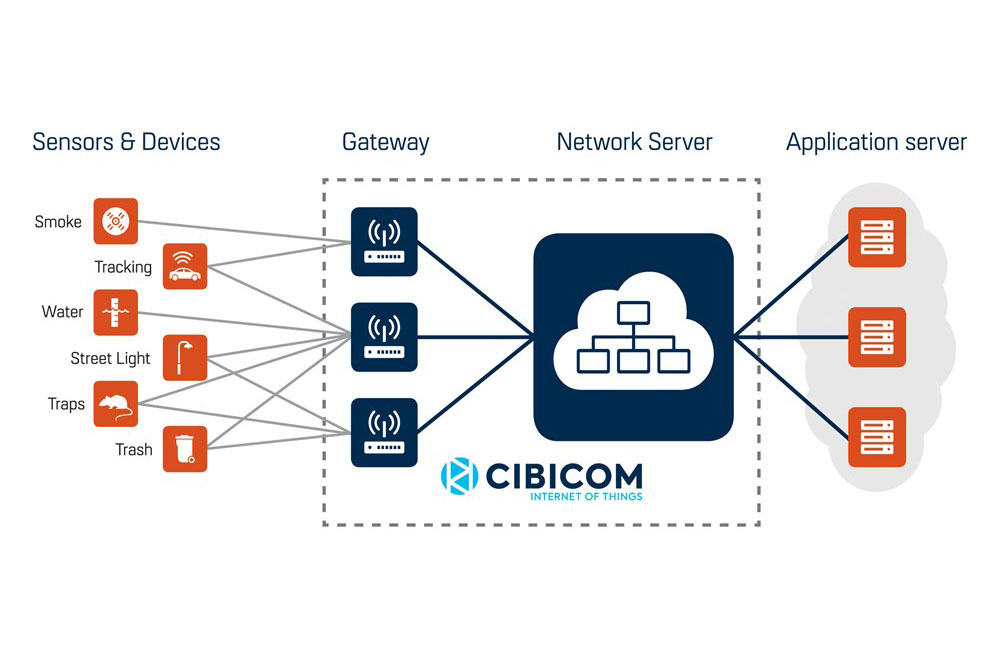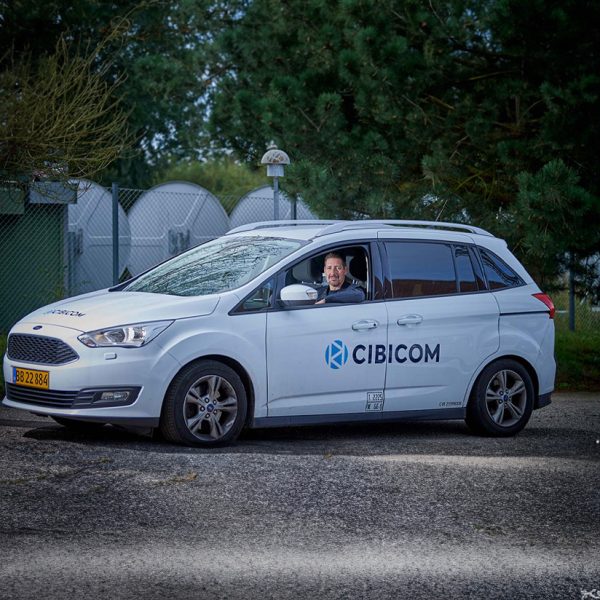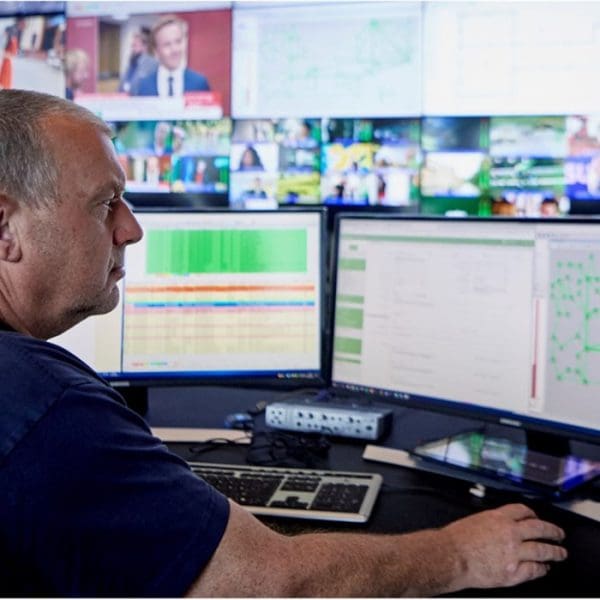Be at the forefront and use IoT solutions in your business.
Today, we connect every conceivable device on the Internet. We measure, monitor and communicate with things, buildings or vehicles.
In the world of IoT, we can provide devices with intelligence and programme sensors to wirelessly transmit and retrieve data that, using customized analytics tools, translate into new operational and valuable knowledge.
In other words, we now have completely new opportunities to create an overview and manage and optimize processes that we can use to ensure better service and greater value for companies, customers and the citizens of our communities.
Nationwide IoT network
Cibicom’s national LoRaWAN IoT network and our Nordic IoT server are part of the same, reliable infrastructure we use when we transmit TV and radio to Danish housholds and operate the Coastal Radio and other emergency response communications.
Our robust infrastructure consists of 35 masts up to 300 metres high and data centres distributed all over the country, connected by thousands of kilometres of redundant fibre connections and radio links.


Flexible. Simple. Open.
Our IoT highway is ready
Cibicom’s open IoT network collects data wirelessly from sensors all over Denmark and forwards it to your analytical systems via Cibicom’s Nordic LoRaWAN IoT server.
How to use IoT technology
Fleet management
Optimize and streamline the management of your company’s vehicles, consumption of resources, planning of routes, and register wear and tear. This valuable data can improve fleet productivity and reduce fuel consumption through optimized driving, routes, and better plan maintenance and repairs of vehicles.
Municipality
IoT devices and sensors in buildings, streets, and public facilities provide data on waste collection, traffic patterns, energy consumption, air quality, traffic, lighting, and water supply. This data allows municipalities to make well-informed decisions and improve the quality of life for their citizens.
Energy
IoT technology can optimize energy production, distribution, and consumption as well as enable remote control and automation of energy networks. In addition, IoT plays an important role in the development of smart grid technologies that integrate renewable energy sources, i.e. solar and wind energy, into the energy network and reduce CO2 emissions.
Healthcare
IoT collects data on condition, vital signs, and medication of patients in hospitals – including remote patient monitoring. This gives doctors and nursing staff a clearer picture of the state of health and possible disease outbreaks, and it enables them to optimize resource allocation.
Manufacturing
IoT collects data on machine performance, production flow, and product quality. Data monitors production in real time and identifies potential bottlenecks or errors, enabling quick and proactive decisions to improve production efficiency, optimize inventory management, and reduce waste.
Utilities
IoT creates new opportunities to simplify manual workflows and get a better control and overview of customers’ consumption and the supply network through remote reading of energy and water and monitoring of high-voltage masts.




